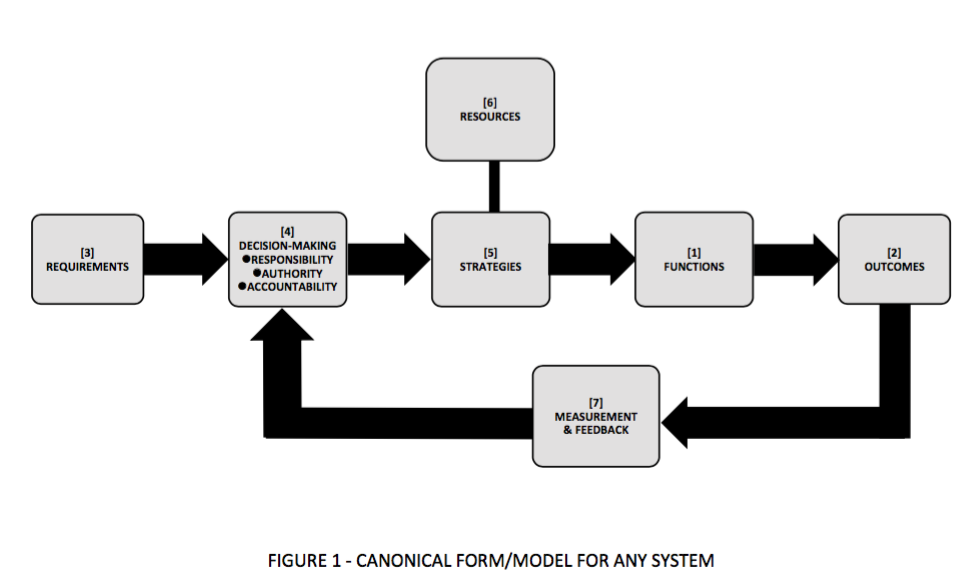
Figure 1: Canonical Form/Model for Any System
Definition: This is the 'core' representation [aka model] for any system, e.g., transportation, commercial business, military, judicial, inventory, automotive, medical, social,..., social and educational systems. Basically, any system is planned or in place in order to transition from system requirements to required performance, i.e., 'outcomes'. Rarely is this transition instantaneous, i.e., the system takes finite time to respond. Integral within this time-dependent transitional process are a set of functions that enable a 'successful' transition over the required time-line.
Description: This functional representation of a basic control system [all systems are intrinsically control systems as compared to uncontrollable systems]. There exists a range of myriad 'successful' control systems from the simple to the very complex. As the complexity of a system increases, the level of control required and the collateral data and information requirements also increase. There is a spectrum of control strategies that are applicable, e.g., basic feedback control, adaptive control, learning systems, expert systems and 'intelligent' systems.
Keywords: Control systems, control/command/management strategies, system requirements, system performance, adaptive control, learning systems, expert systems, intelligent systems, control system models, control system limits, system control & stability, data, measurement and processing requirements.
Selected References:
1. Systems Engineering & Analysis, Benjamin A Blanchard, Walter J. Fabrycky, Prentice Hall, February 6, 2010.
2. Systems Engineering Principles and Practices, Second Edition, Alexander Kossiakoff, William N. Sweet, Samuel J. Seymour, Steven M. Biemer, John Wiley & Sons, New York, 2011.
3. What is Systems Engineering [with commentaries], INCOSE, http://www.incose.or/AboutSE/WhatIsSE.
4. Poverty & Despair versus Education and Opportunity, Appendix A, Systems Prologue, Al Colella and Joseph H. Crowley, Stillwater Publications, 2015.
5.Control System Engineering, Technical Publications Pure, Pure, Indai, 2003, 2007.
6. Control System {Lecture 5.2], Canonical Form, Yanku Industrial College, February 15, 2010.
7. Control Systems/Standard Forms, Observability, Controllability, Phase variable Form, Wikibooks.
8. Design Criteria and Algorithms for Adaptive Control Systems, Albert Michael Colella, PhD Dissertation, Advisor: Dr. Emilio Roxin, University of Rhode Island, 1973.
Sub-function Definitions
[1] Function: The prime function/purpose of the overall system of interest.
[2] Outcomes: Overall actual system performance over the timeline of interest.
[3] Requirements: Realizable, relevant, i.e. wrt goals and desired outcomes, and user-validated system requirements.
[4] Decision-making: The authority, responsibility and accountability for enabling the achievement of minimizing the difference between Requirements and Outcomes within the required timeline.
[5] Strategies: The development of policies, plans and strategies available to the Decision-maker[s]. A necessary part, albeit seemingly obvious, of any strategy is its relevance to goal achievement.
[6] Resources: Available resources for the development of Strategies; often a constraint/limitation on their strategy development.
[7] Measurement & Feedback: The essence of the canonical structure, i.e., the acquisition and provision of data and information relevant to outcomes, overall system status...simply put 'what is working and what is not working'...to the Decision-making process. This applies to every form of control, command and management.